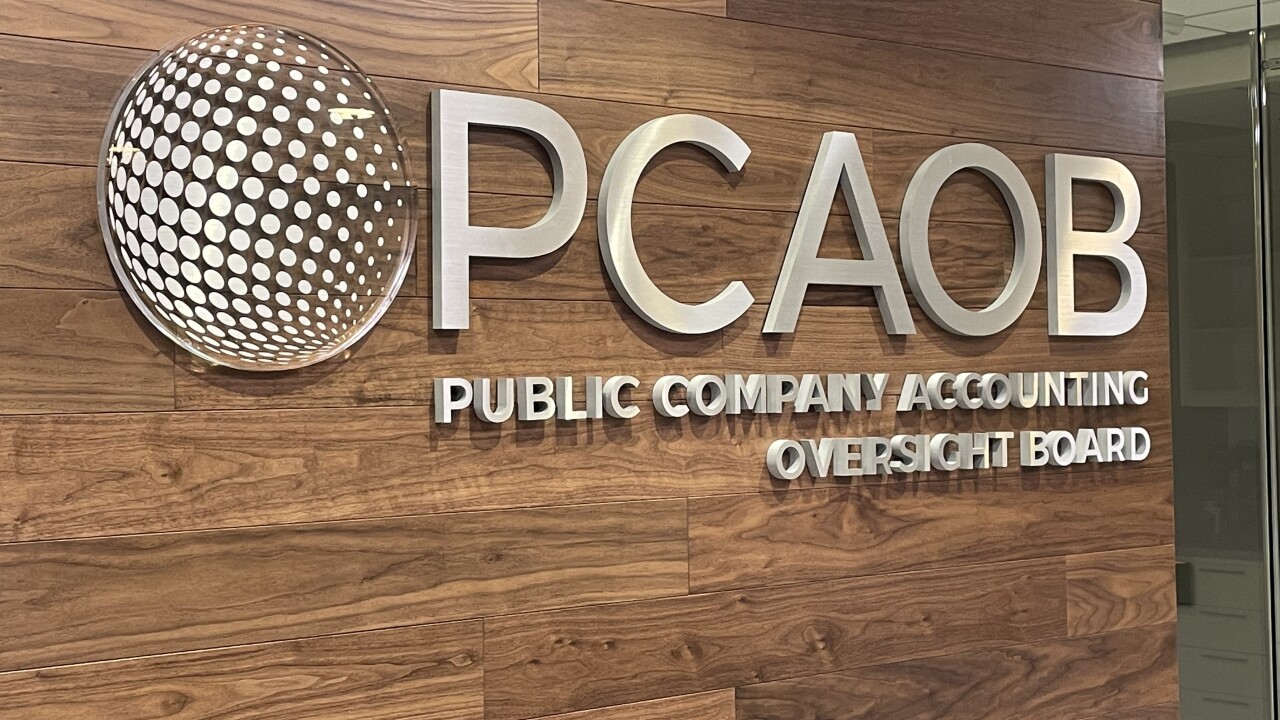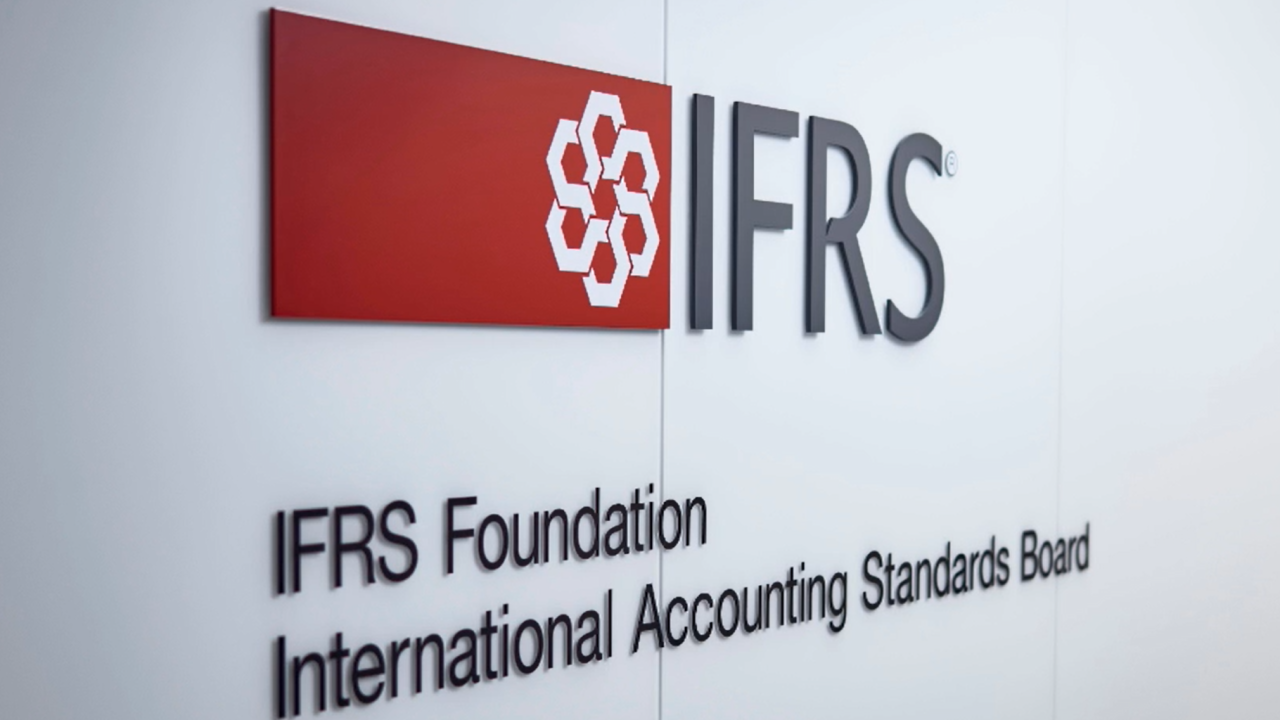Want unlimited access to top ideas and insights?
You finish a long day, turn off all three of your monitors and try to relax. But just as you're about to take your foot off the accelerator you remember a client's email that you forgot to respond to. Then there's the tax return that's 95% done but still waiting on "one more thing." And that reminds you about the follow-up you told yourself you'd circle back on... three days ago.
Sound familiar?
Psychologists have studied this phenomenon for decades. It's called the Zeigarnik Effect and it tells us that unfinished tasks occupy more space in the human brain than completed ones. Without closure — or learning how to cope with a mountain of incomplete tasks — your mind falls into a negative doom loop, replaying the same to-dos, even when you're technically off the clock. That's mentally exhausting and not good for your health.
In a profession that's battling a burnout epidemic, the Zeigarnik Effect has real consequences. The good news is that you can learn to neutralize the Zeigarnik Effect and get some mental clarity back.
The hidden tax of incomplete tasks
The Zeigarnik Effect creates what I call "mental open tabs." Each incomplete task stays active in your brain, using up your attention and energy, even if you're not consciously thinking about it. Multiply that negative energy across dozens of clients, emails and deadlines, and it's no wonder most accountants feel mentally maxed out during busy season (and beyond).
Some side effects of Zeigarnik Effect include mental fatigue from constant task switching, reduced capacity for deep thinking and complex work, decision fatigue especially late in the day, and trouble relaxing after hours.
Unlike technical work, you can't just delegate this problem to someone else. It's internal. The only way out is to create external systems that help you close the doom loop, mentally and operationally.
Why traditional to-do lists fail
If you're feeling overwhelmed by too many tasks, many productivity and mental health experts recommend writing everything down. But most to-do lists turn into task graveyards. They track everything, but they don't guide action, especially when priorities are constantly shifting.
Creating a long list without structure can actually increase the Zeigarnik Effect. Instead of feeling in control, you feel overwhelmed. You can see what's incomplete but don't know where to start. That leads to more mental loops, not fewer.
So, what's the fix? It's not about doing more or working faster — it's about managing how you handle what's incomplete.
Personal-level application: Reclaiming mental clarity one task at a time
The Zeigarnik Effect shows up most powerfully in our day-to-day work. You don't need a new tech stack to get started (although good tech helps) — you need a better system for working with your brain, not against it.
Here are four ways to do that:
1. The "Next Action" rule. Vague tasks keep your brain on high alert. If your task list says, "handle Jim's document," your brain doesn't know how or when to act. But if it says, "call Jim Smith to discuss questions about his K1 form," your path is clearer. The slight increase in direction, multiplied by dozens of tasks a day, makes a big difference.
2. Time block for deep and shallow work. Once you know what needs to happen, reserve the time to do it and don't let anything interfere. For deep work (return reviews, planning, analysis), block sufficient time for that task only. For smaller, admin-style tasks, schedule a "task blitz" session — a 60- to 90-minute window to knock out open loops.
Treat these time blocks like appointments. If they're not on your calendar, they won't happen. And the loop stays open. Your calendar isn't just for meetings — it's your firewall against mental overload.
3. Set weekly reviews to catch and close open loops. Every Friday or Sunday, review your task list, email inbox, client pipelines and open projects.
Ask yourself: What's still open? What can I close, delegate or move forward? The goal isn't to finish everything. It's to know what's in motion and what's under control. That's often all your brain needs to know in order to let go.
4. Externalize the clutter. Stop using your brain as a storage unit. Your mind is for having ideas, not for keeping them. Move your to-dos into a system you trust. Consider a practice management tool like Karbon, Canopy or ClickUp; a project board; or a clean, structured notebook.
Once a task is captured and assigned, your brain can release it. That gives you a feeling of closure and control, and it's a great stress reducer.
Firm-level application: Build a culture that closes loops
It's one thing to tame your personal workflow. But if your team's systems are broken, the mental loops multiply across roles, departments and even clients.
For instance:
- A client's return is stuck waiting on a single document and no one is following up with the client.
- A client question lingers in someone's inbox for days and has not been addressed, much less answered.
- A staff task is "in progress," but nobody knows who's responsible for finishing it.
That's a firm-level Zeigarnik Effect, and it kills momentum and often team harmony. Here's how to fix it:
- Use workflow software with clear task ownership and due dates.
- Create firm-wide rules around communication: who owns each task, what "done" means, and when to hand off.
- Build task templates for recurring work so that nothing slips through the cracks and every loop has a path to closure.
Clarity isn't just kind — it's productive. And systems beat memory every time.
The real win: Peace of mind
Most productivity advice focuses on doing more in less time. But this isn't about productivity — it's about peace of mind. The goal is to feel finished with your workday when you leave your office (including the home office). It's not because 100% of the things on your to-do list are complete (they never are); it's because every open loop is either closed, scheduled or under control.
You can't eliminate the Zeigarnik Effect. But you can outsmart it with structure, clarity and a few smarter, healthier habits. And once you do? You'll stop thinking about work when you're not working and start showing up better when you are.
What is your firm doing to tame the tyranny of inboxes and to-do lists? I'd love to hear from you at kwalters@lhcpafirm.com.





